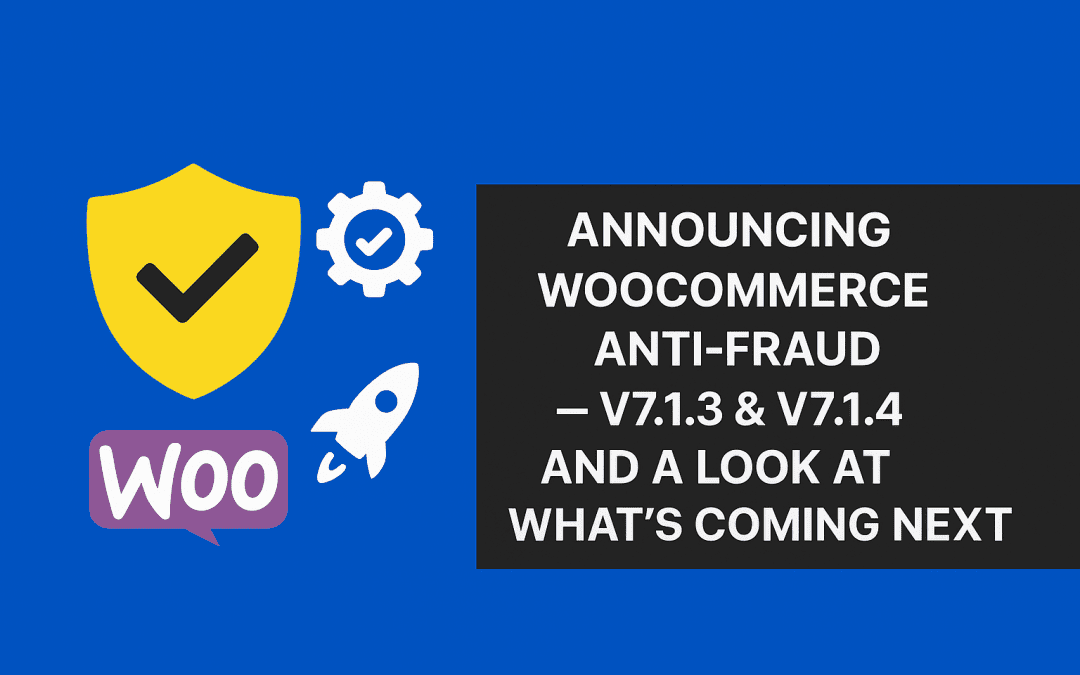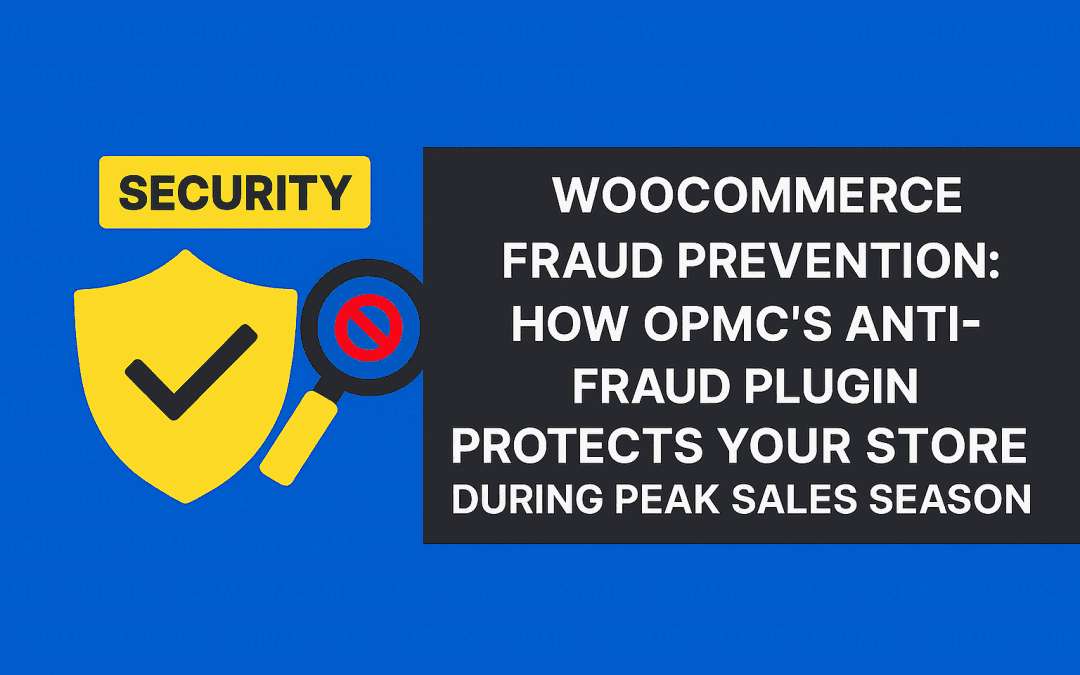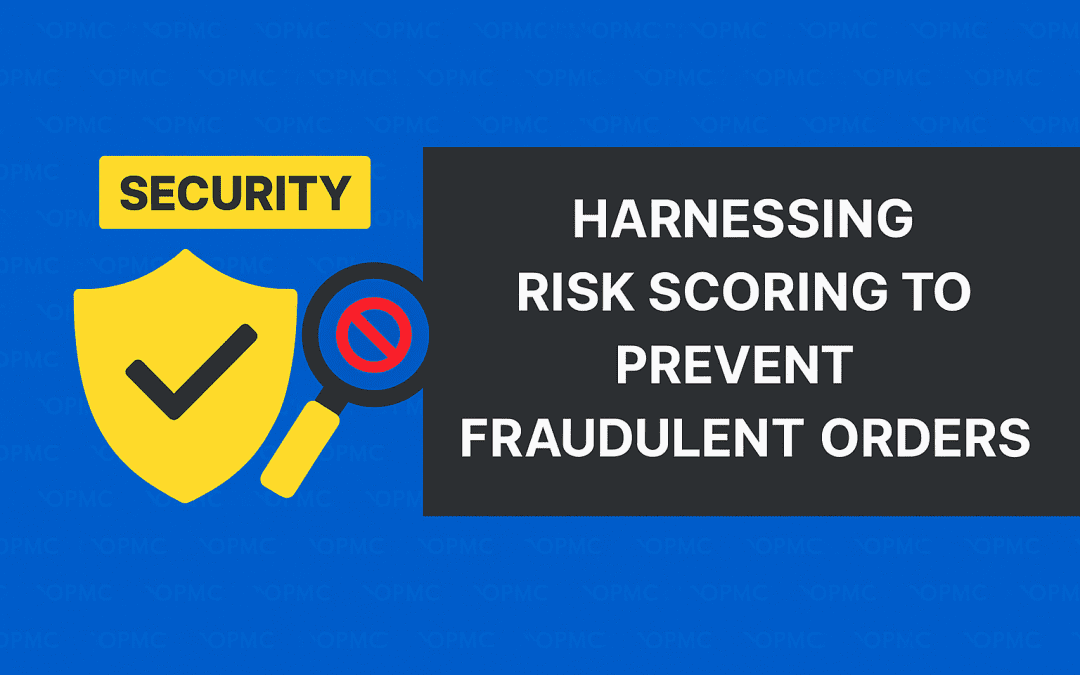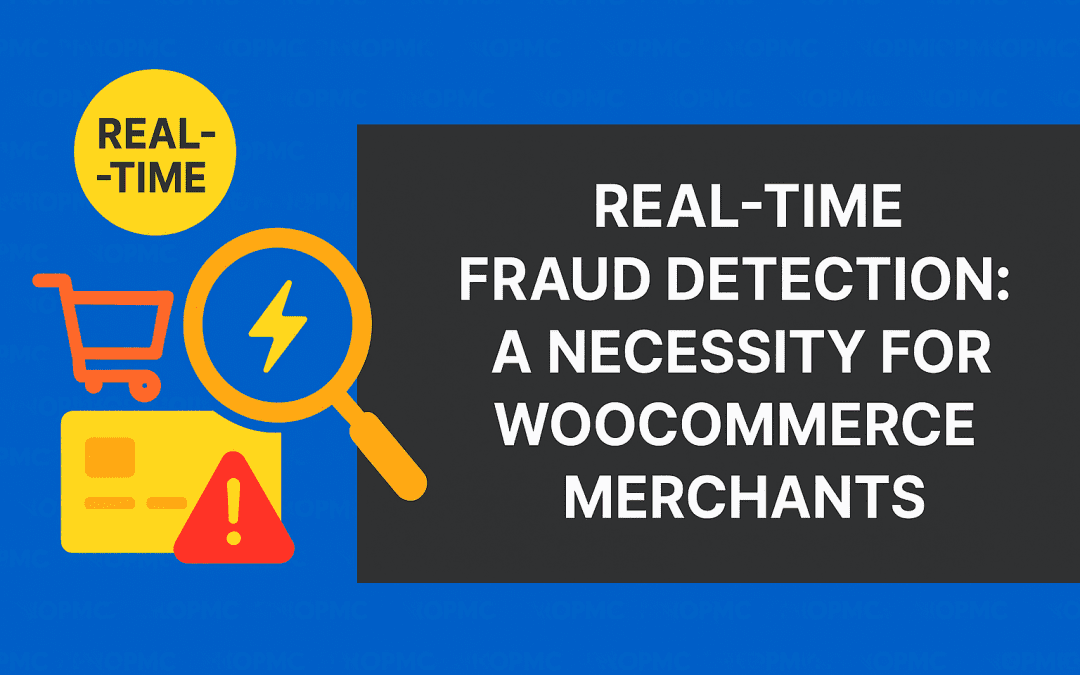According to most professional accountants and bookkeepers, the most challenging part of doing the books for any company is keeping up with the latest trends, regulations, and rules imposed by governing bodies. This could be working with the IRS in the U.S.A. or dealing with ever-shifting VAT implications across the EU and Australia.
In reality, an ever harder challenge is ensuring all accounts, from your online business banking to your supply chain credit, are reconciled adequately at the end of each month, financial quarter, and year. You need your bank accounts to be cleared and appropriately balanced, so you know your cash flow, tax obligations, and proper use of resources.
Yes, even though you may be selling digital products to clients in Malaysia and don’t want to think about anything other than profits, there is an accounting responsibility that comes from reconciliation that is worth exploring.
What is Ecommerce Account Reconciliation?
Before we dig into some best practices, let’s take a closer look at the general term account reconciliation as it applies to your online business. At its core, reconciliation is comparing the financial records you use to make decisions with all your various external statements.
So, if you have $15,000 in sales through payment processor Stripe, you will want your internal accounting and end-of-year summary to reflect that income. Otherwise, you may be missing revenue.
Put another way, reconciliation is a check and balance system. It ensures you know where your money is at all times by “double checking” everything. Without ecommerce account reconciliation, you run the risk of:
- Unmatched transactions: sales and payment records will not match up with bank accounts or payment processing reports.
- Missed discrepancies: without proper reconciliation, you may miss double entries or incorrect amounts that can harm your future decisions.
- Customer complaints: if you don’t know for sure you owe someone a refund, you could end up with horrible online reviews because you took too long to resolve a complaint.
- Tax obligations: without perfectly balanced records, you cannot know how much tax obligation you have to your region, state, country, or nation.
- Useless reports: again, this is decision-making. How can you expect your stakeholders to make a choice about your business without proper reporting?
The good news is that many online accounting systems, like our Odoo for WooCommerce plugin, streamline this entire procedure. Everything is handled automatically for you in the background, so when it comes time to check your accounts, they all match up and make sense.
Best Practices for Ecommerce Account Reconciliation
Every online business is going to be unique. How you manage your supply chain, marketing, backend practices, and other systems is entirely up to you. What works for one business is not likely to work for another due to the global marketplace’s myriad of concerns and influences.
However, there are some standard “best practices” you can employ to ensure your account reconciliation is going off without a hitch. At OPMC, we work hard to keep all our clients updated with the latest insights and have compiled a quick list to help you on your reconciliation journey.
#1 – Start with Evaluation
Proper account reconciliation begins by looking at how you use your current ecommerce accounting system. During the reconciliation process, you will likely encounter bottlenecks in your systems that must be addressed.
Think about it this way. If you have outdated systems that cannot match up with all your external accounts, you run the risk of not seeing inefficiencies. Any ecommerce business is flexible enough to scale quickly. The more transactions, the more complicated the reconciliation.
Consider if you have an automated solution in place. Does it meet the various needs of your team? Do you get regular updates and visible reporting to make changes quickly? You want a system that can quickly adapt and scale to your specific online business.
#2 – Upskill Your Team
Absolutely RPA (robotic process automation) goes a long way to improving your ecommerce account reconciliation. It lowers human error and streamlines processes that save you time, money, and energy.
However, there is a human factor that you need to keep well in hand. You want your team to be able to actively review your accounting systems from the ground up for any errors, improvements, or updates.
To ensure you are getting the most out of your reconciliation process, upskill your team by keeping them updated on any components being utilised for matching up accounts. People are your most valuable assets. Empower them, and you will see financial success.
#3 – Go with the Digital Flow
Even if you’ve spent a few months in the ecommerce world, you probably know there are endless payment providers, third-party vendors, supply chain businesses, drop shippers, and affiliates.
With so many demands on your accounting systems, you want to embrace these changes, not rally against them. A notable example is ridesharing. When that came into being, many businesses had to adapt their accounting systems to categorise, track, and record ridesharing for business use.
The point is you need to adapt as innovative technologies and systems come on board, or you risk losing out on the digital transformation happening. Then, when it comes time to reconcile your accounts, you won’t understand the inevitable ebbs and flows of your resources.
#4 – Standardise and Automate Everything
The most beneficial “best practice” of your ecommerce account reconciliation is automation. Use a tool like Odoo for WooCommerce plugin to automate everything from inventory management to VAT taxes gathered in Australia.
You cannot expect to have a scalable online business without automation. Beyond the financial benefits, this allows you to refocus critical human assets to better business operations like customer service, new product development, or online advertising.
Final Thoughts
Proper account reconciliation is a “must-do” for any business – online or off. Without it, you cannot know if everything concerning the financial matters of your ecommerce website is operating at full and transparent efficiency.
Using a tool like our Odoo for WooCommerce plugin helps automate your various transactions. It ensures the final reporting you use to reconcile accounts is easy to read, highly accurate, and maintained with real-time data.
Download today and give your business comprehensive Odoo integration with seamless exporting and importing critical attributes for your WooCommerce-based business.
FAQ
How do you reconcile a purchase order?
Start by organising vendor invoices by date. Compare each line item to your invoices and ensure they match the items you’ve sent or received for each shipment.
What is ecommerce reconciliation?
This is balancing your internal accounts with the various payments, commissions, sales returns, chargebacks, and other external financial matters.
Is Odoo good for accounting?
Yes! Odoo is a leading provider of accounting software that helps ecommerce businesses remain on top of their financial matters for the best decision-making about the future of resource allocation.
Visit our store today!
Get a powerful boost to your security, customer support, inventory management, and more…








